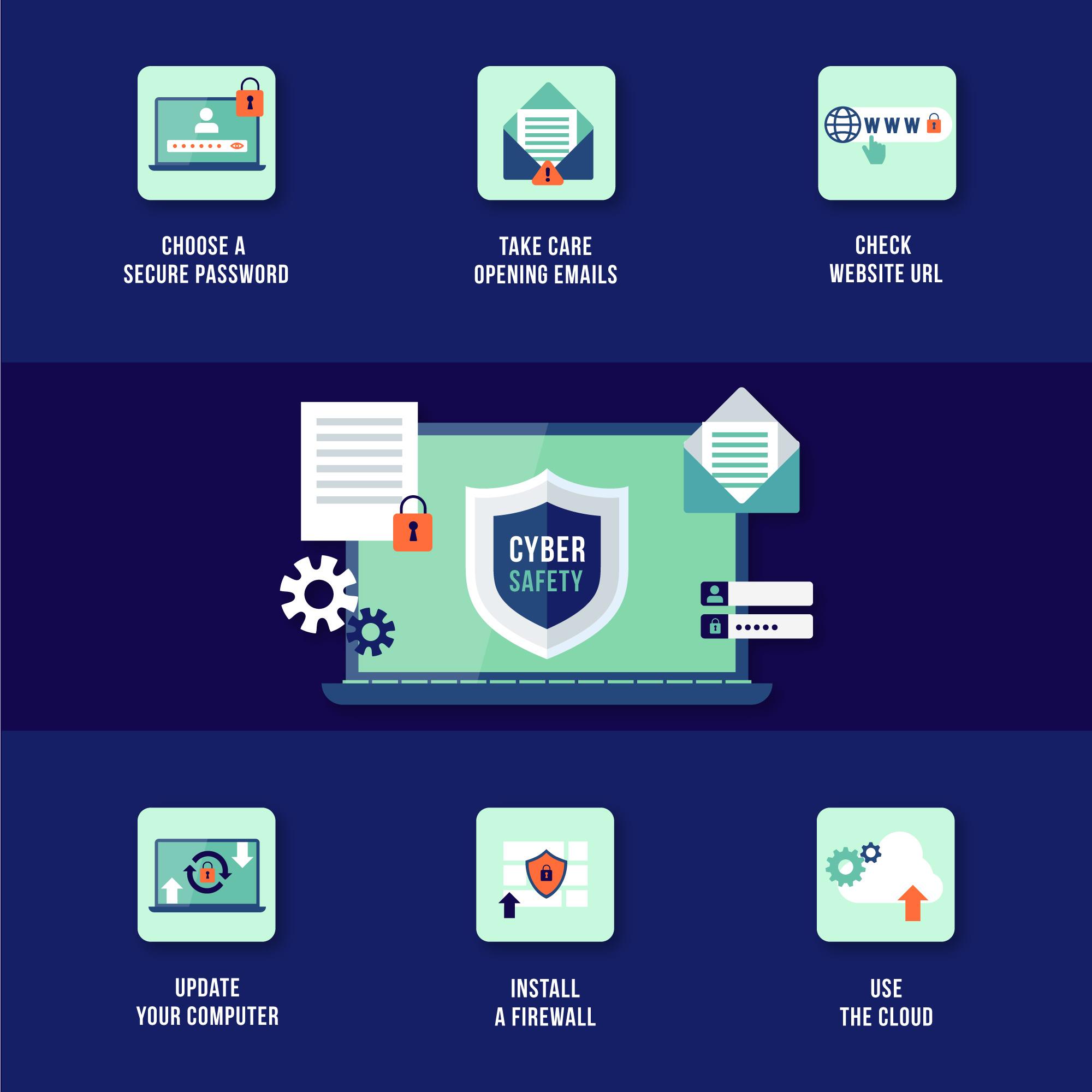Cyber threats are a serious concern for all businesses now more than ever. Hackers are constantly evolving their methods, making it vital for us to stay ahead of these dangers. Identifying signs of cyber threats early can save us from potentially devastating consequences.
When our systems are compromised, it can lead to financial loss, damaged reputation, and downtime that interrupts our operations. Recognizing these threats involves understanding what to look out for, such as unusual login attempts, unexpected data transfers, and strange network activities. Spotting these early warning signs can make a big difference.
Mitigating these threats is just as important as recognizing them. By implementing strong cybersecurity measures, we can protect our business from various forms of attack. This article will help you understand how to identify common cyber threats and provide practical steps to mitigate them. Protecting our business’s digital assets is essential, and being proactive about cybersecurity is the key to staying safe.
Recognizing the Signs of Cyber Threats
Identifying cyber threats early can prevent significant damage to our business. One key sign to watch for is unusual login attempts. If we notice multiple failed attempts from unknown locations, it could indicate that someone is trying to breach our system. Monitoring login activity helps us catch these attempts quickly.
Another indicator is unexpected data transfers. If large amounts of data are being sent or received without authorization, it might suggest a breach. Keeping track of our data flow and setting alerts for abnormal activity can help us detect and address these issues swiftly.
Frequent system crashes and slowdowns can also be signs of a cyber attack. While technical issues can cause system disruptions, consistent and unexplained problems might point to malicious activity. Monitoring our systems and investigating these occurrences can help identify threats before they escalate.
Common Cyber Threats Targeting Businesses
Cyber threats come in many forms, each presenting unique challenges. One of the most prevalent threats is phishing. Attackers send deceptive emails to trick recipients into revealing sensitive information, such as passwords or financial details. These emails often look legitimate, making them hard to distinguish from genuine communication.
Ransomware is another common threat. This malicious software locks access to our data until a ransom is paid. Ransomware attacks can cripple our operations and result in substantial financial loss. Regular backups and robust security measures are essential defenses against this type of threat.
Malware includes various harmful software types, such as viruses, worms, and trojans. These programs can steal data, damage systems, and create backdoors for further attacks. Ensuring our antivirus software is up-to-date and running regular scans can help protect against malware.
Distributed Denial of Service (DDoS) attacks are designed to overwhelm our network with traffic, causing it to crash and disconnect users. These attacks can disrupt our services and impact customer satisfaction. Implementing security measures to mitigate DDoS attacks is crucial to maintaining our operations and service availability.
Steps to Mitigate Cyber Threats
Mitigating cyber threats involves adopting several key practices that enhance our security posture. First, we should implement strong access controls. This means ensuring that only authorized personnel can access sensitive systems and information. Using multi-factor authentication (MFA) adds an extra layer of protection, requiring more than just a password to gain access.
Regularly updating and patching software is crucial. Cyber attackers often exploit known vulnerabilities in outdated software. By keeping our systems up to date with the latest patches, we can close these security gaps and reduce the risk of an attack. Setting up automatic updates can help ensure our systems are always protected.
Employee education is another vital step. Conducting cybersecurity training sessions helps our staff recognize potential threats, such as phishing emails, and understand how to respond appropriately. An informed team is our first line of defense against many types of cyber threats.
Building a Proactive Cybersecurity Strategy
A proactive approach to cybersecurity involves planning and preparing for potential threats before they occur. Start by conducting a comprehensive risk assessment. This involves identifying critical assets, understanding potential threats, and determining our vulnerabilities. Knowing where we stand helps us prioritize our defenses.
Implementing an incident response plan is also essential. This plan should detail the steps to take in the event of a cyber attack, including how to contain the threat, eliminate it, and recover. Having a clear and tested response plan reduces downtime and minimizes damage.
Continuous network monitoring is another key component. By keeping an eye on our network traffic and system activities, we can spot unusual or suspicious behavior early. Using advanced tools and technologies, such as intrusion detection systems (IDS), enhances our ability to detect and respond to potential threats in real time.
Conclusion
Identifying and mitigating common cyber threats is essential to maintaining the security and integrity of our business. By recognizing signs of cyber threats, understanding the types of attacks we face, and implementing effective mitigation steps, we can protect our organization from potential harm. Building a proactive cybersecurity strategy ensures we are prepared to handle threats before they cause significant damage.
If you’re looking to bolster your cybersecurity efforts, consider partnering with The Saturn Partners. Our team of cybersecurity consulting experts can help you develop and implement robust security measures tailored to your specific needs. Contact us today to learn more about protecting your business from cyber threats.

